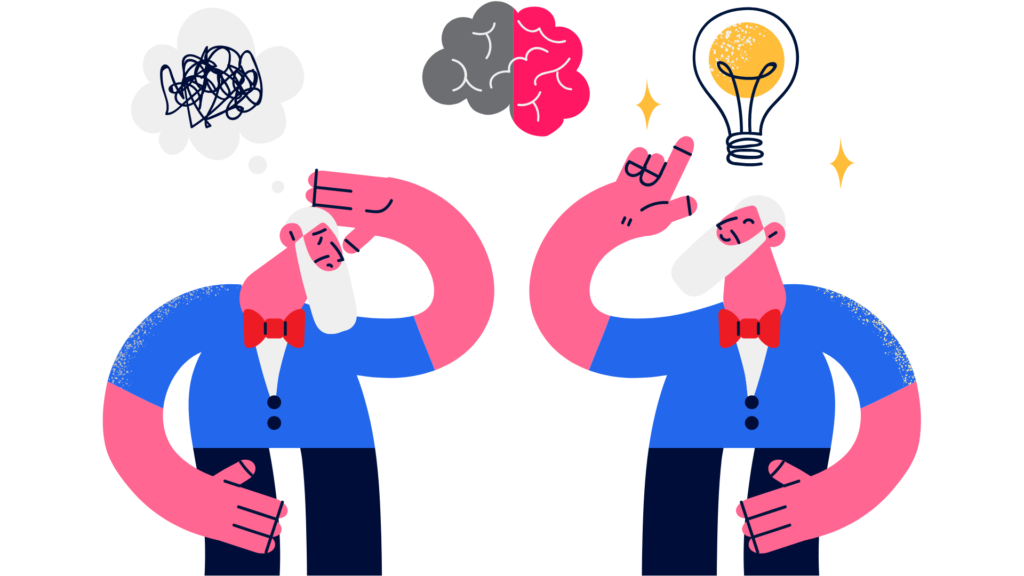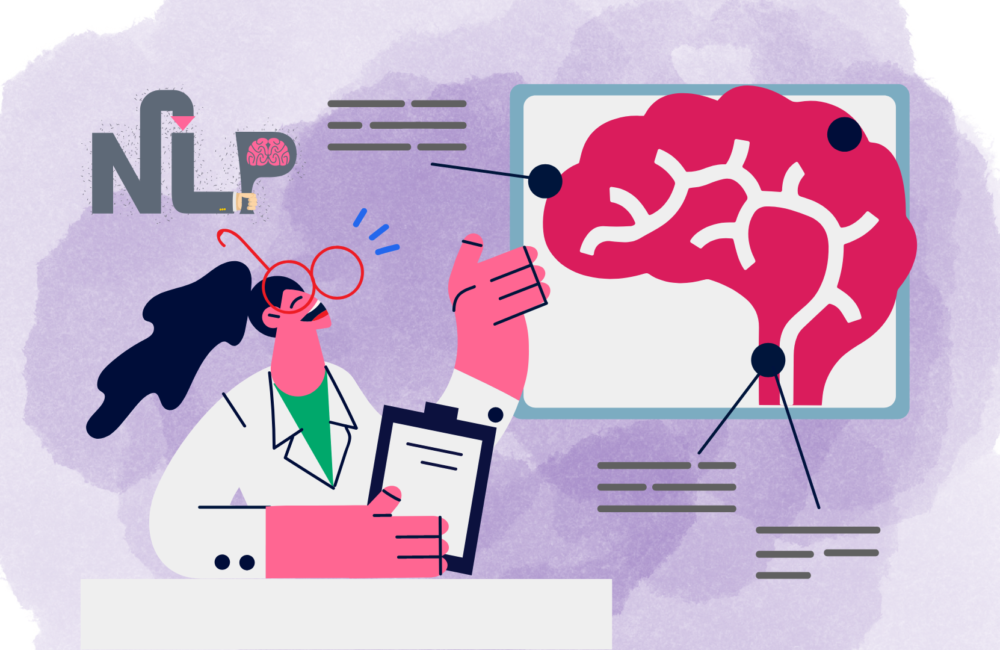In today’s fast-paced world, effective communication and self-improvement are key components of personal and professional success. Neuro-Linguistic Programming (NLP) offers a diverse range of techniques that can significantly enhance our communication skills, relationships, and personal growth. This article delves into the power of NLP Techniques such as rapport building, the SWISH method, anchoring, sub-modalities, dissociation, meta-programs, and goal setting. By understanding and applying these methods, you can unlock your full potential, becoming a more influential communicator and fostering positive change in various aspects of your life.
Understanding Neuro Linguistic Programming (NLP)
NLP is a psychological discipline that delves into the intricate connection between language, behavior, and thought. Established in the 1970s by Richard Bandler and John Grinder, NLP contends that our behaviors stem from the way we think and communicate. By examining the patterns in our thoughts, speech, and actions, NLP equips us to become more proficient communicators and influencers.
Therapists, coaches, and counselors often utilize NLP to help individuals overcome challenges and attain their objectives. It is also employed in the business realm to enhance communication and drive better results among managers and executives.
NLP posits that language, behavior, and thought are interconnected in intricate ways. By recognizing these patterns, we can employ NLP to positively influence others and support them in achieving their goals.
Advantages of Neuro Linguistic Programming Techniques
NLP techniques can be applied to foster success in both personal and professional contexts. The benefits include:
- Enhanced self-awareness and comprehension of yourself and others
- Improved communication and relationship-building abilities
- Heightened motivation and performance
- Sharpened problem-solving skills
- Better goal-setting and attainment
- Increased emotional intelligence
- Superior stress management

What are Neuro Linguistic Programming Techniques?
NLP techniques are methods used to help people become more effective communicators and influencers. NLP techniques can be used to build rapport with people, set and achieve goals, increase motivation, and more.
Some of the most common NLP techniques include rapport building, SWISH, anchoring, sub-modalities, dissociation, meta-programs, and goal setting.
Establishing Connection: The Power of NLP in Rapport Building
Neuro-Linguistic Programming (NLP) rapport building is a vital technique for fostering trust and understanding between two individuals. By mirroring another person’s body language, facial expressions, and speech patterns, a comfortable environment is created, paving the way for effective communication and stronger relationships.
Rapport building plays a crucial role in NLP, as it strengthens the bond between people and enhances their communication abilities. This is particularly significant when attempting to influence someone’s decisions or behaviors.
Transforming Habits: The SWISH Technique
The SWISH method is an NLP technique designed to help individuals change unwanted habits and behaviors. It entails visualizing a desired behavior, then replacing the undesired one with it. For instance, if you aim to quit smoking, you would visualize yourself as a non-smoker and then replace the image of you smoking with that of you not smoking.
The SWISH technique is a potent tool for modifying undesirable behaviors and habits, as it severs the mental link between desired and undesired actions.
Accessing Peak Performance: NLP Anchoring
NLP anchoring is a method for helping individuals reach states of optimal performance and creativity. It involves associating a physical stimulus, such as a gesture or sound, with the desired state. For example, associating a certain gesture or sound with feelings of confidence or motivation.
NLP anchoring enables on-demand access to desired states, facilitating peak performance and heightened creativity.
Altering Perception: NLP Sub-Modalities
NLP sub-modalities are techniques for changing how we perceive and feel about something. This is achieved by altering the “sub-modalities” of our thoughts, such as the intensity, size, and color of a thought or feeling. Modifying the sub-modalities of our thoughts and feelings allows us to change our perception of a situation.
For example, to overcome a fear of public speaking, NLP sub-modalities can be employed to decrease the intensity of the fear and make the situation seem less intimidating.
Creating Distance: NLP Dissociation
NLP dissociation is a technique for helping individuals detach from unwanted thoughts and feelings. It involves creating psychological distance between oneself and the unwanted thoughts or emotions, enabling objective observation and fostering space for new, more positive thoughts and feelings.
Dissociation is a vital aspect of NLP, as it breaks the connection between undesired thoughts and emotions and allows for the development of a healthier, more positive mindset.
Understanding Thought Patterns: NLP Meta-Programs
NLP meta-programs are patterns of thinking that help us to make decisions and take actions. They are the subconscious filters that we use to make decisions and take action. By understanding our own meta-programs, we can use NLP to become more effective and successful.
For example, if you want to be successful in business, you can use NLP meta-programs to help you identify opportunities, make decisions, and take action.
Achieving Goals through NLP
NLP goal setting is a technique that helps individuals set and attain their objectives. It involves defining a goal, breaking it down into smaller, manageable steps, and taking action to accomplish it.
NLP goal setting promotes focus and motivation, ensuring you stay on track and experience a sense of achievement and satisfaction upon reaching your objectives.
In Conclusion
Neuro-Linguistic Programming techniques are potent tools that can bolster success in both personal and professional spheres. By understanding and employing NLP techniques, you can harness the power of NLP to become a more effective communicator and influencer.















